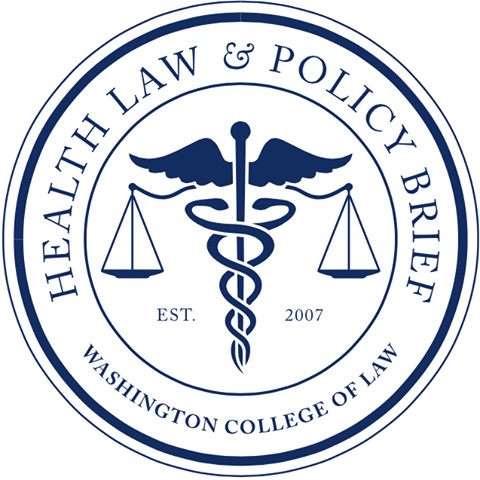There are a number of factors that interact with one another to shape an individual’s fruit and vegetable access and intake. These factors include public policies regarding food availability and nutrition programs; community factors, such as geography and cultural norms; institutional guidelines for schools, food retailers and producers. Interpersonal relationships created by household food norms and peer support; and certain individual characteristics. The CDC states that just 1 in 10 adults meet their fruit and vegetable recommendations. A lack of appropriate fruit and vegetable consumption puts people at risk for chronic diseases because of insufficient vitamins, minerals and fiber. The CDC recommends a number of strategies that may increase access to fruit and vegetables, including but not limited to, the expansion of farm-to-institution programs, improved access to stores that sell high quality produce, and ensured access to fresh produce in cafeterias and food service venues.
Healthy People 2030 sets data-driven national objectives to improve health and well-being over the next decade. The program includes 355 objectives, that are distributed among 42 topic areas. One of these topic areas is Nutrition and Weight Status, which documents and highlights the practical application of law and policy to improve health.
According to the CDC, in the United States 18.5% of children aged 2-19 years are obese. Children that were obese during childhood are more likely to suffer from high blood pressure and high cholesterol, type 2 diabetes, breathing problems, joint problems, psychological problems like anxiety and depression, low self-esteem, and bullying. Furthermore, children who are obese are more likely to become adults who are obese, which is associated with increased risk of heart disease, type 2 diabetes, and cancer. Healthy eating in early childhood is critical to establishing lifelong healthy eating patterns, and the law can influence healthy eating habits in children, by setting strong and specific nutrition standards to increase the availability of fruits and vegetables.
Starting healthy habits young and improving access to fruits and vegetables in schools is only the beginning. There are a number of laws and policies that can be used to influence health behaviors. Taxing certain food items creates an incentive to purchase the items that are taxed lower. Accordingly, eliminating or reducing tax on healthy foods, or implementing a higher tax on foods with “minimal-to-no nutritional value” would motivate consumers to purchase the healthier options. Local governments may also set stocking requirements, so stores would have to have, at least, minimal healthy food options. Local communities could adopt ordinances to prevent property owners from restricting development of grocery stores in order to make grocery stores more accessible in every community. Additionally, in terms of accessibility, states and localities can allow SNAP benefits to be used on fresh produce or at farmer’s markets. Restaurants can also lend their assistance, by requiring caloric information to be posted on menus, thereby allowing individuals to make informed decisions about what to eat when dining out. Lastly, but certainly not least, local governments can decrease regulations when they act as a barrier to health. For example, land use and zoning codes often require costly permits to sell homegrown produce, so updating or removing these restrictions would encourage more people to grow their own produce, which would lower the cost of their grocery store visits.
Each of these laws and policies would move the general population one step closer to improving its cumulative health, and in so doing, improve its overall well-being. Healthy People 2030 uses evidence based policy solutions that can be used in nearly all communities to achieve their objectives, and provides guidance for how to apply the program in your own life.
